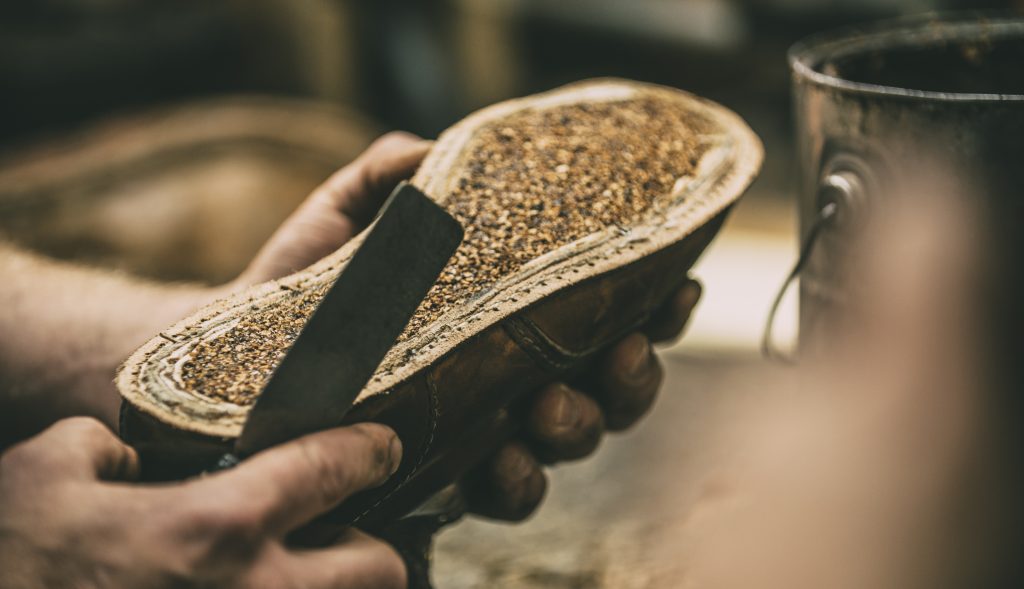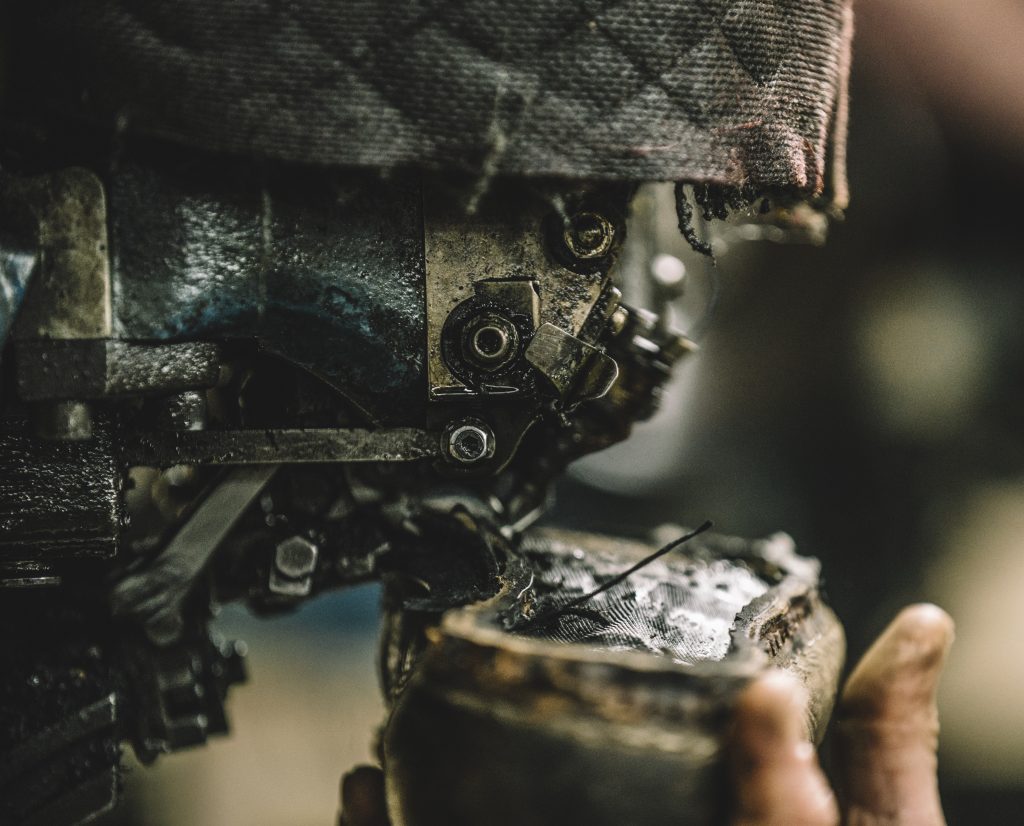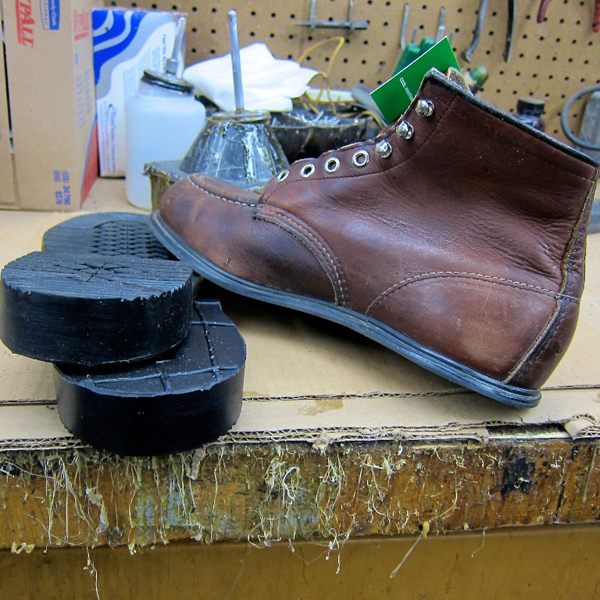Inside the Red Wing Shoes Repair Shop
The heritage brand’s Minnesota factory gives footwear further life

It is exceedingly rare in American manufacturing to find a domestic, vertically-integrated facility, especially in the world of footwear. So maybe it’s the novelty and singularity, or maybe it’s the tanning chemicals, but stepping into the Red Wing Shoes factory in Red Wing, Minnesota is a head-spinning experience akin to simultaneously stepping back in time, and also getting a glimpse at the future of American footwear.
Observable moments within the enormous complex of buildings, probably a football field in length, bring humanity to the brand. There’s something almost idyllic in watching the workers file in and out, snaking their way through the factory floor to find their workstations. It’s warm, the air smells like leather, and the disembodied hum of various machines floats on the air. Even if you weren’t familiar with the proud heritage of shoemaking that has distinguished this company for over a century, it is clear from first glimpse: a lot of attention is paid to the things being made here.
It all begins a few miles across town at S. B. Foot Tanning Company, the leather tannery which Red Wing Shoes acquired in 1986. High-quality American steer hides arrive by the pallet before being smoothed, tanned and dried into any number of colors and textures. The leathers are then driven across town to the shoe factory, where the raw materials enter as piles of leather, waxed string, soles, and laces. Shoes are something we see and wear every single day, but not something that we necessarily see as the sum of individual parts and labor. From the precise triple-stitching together of the uppers to spreading a layer of cork underneath the insoles, there are layers upon layers of human touch and craftsmanship that bring together these iconic American shoes.

The aim of using such high-quality materials and investing so much time and money in hand-crafting shoes is to create a product that lasts—and they certainly do—but wear and tear is inevitable. So, what happens when these finished products get worn out, and need repaired? They visit the Red Wing Shoes repair shop.
It’s a small department toward the far back corner of the factory floor, behind a huge rack of shoe “lasts” (shoe-speak for the plastic foot forms they’re built on) and several columns of shipping boxes stacked eight feet high. Whether it’s a pair of work boots from down the street in Minnesota, or a pair of sleek Red Wing Heritage Chelsea boots from Tokyo, customers from around the world regularly send their shoes here to be refurbished for a nominal fee. The repair shop crew collectively restores about thirty-five to forty pairs of shoes every day, according to Steve Spencer, managing director of Red Wing Heritage.
“Some times are busier than others, but the average wait time to get your shoes repaired is about three weeks,” he said. “It’s really amazing what they can do here.”

A common job is to repair the leather upper on some of Red Wing’s sturdier steel-toe shoes. From being worn in tough conditions day-in and day-out, the leather naturally can wear away. The repair shop rips apart the upper from the sole, and is then able to condition and stretch the existing upper back into place, or replace it entirely. Other common jobs include replacing the soles, changing eyelets or hooks, and fixing distressed stitching (which, thanks to the Red Wing’s hallmark waxed triple stitching, rarely happens).

While cobblers around the country are able to do similar work, there is something to be said about having your shoes repaired on the original machines that produced them, and—especially if there’s any work being done on the uppers—having them stretched over the same lasts. The stuff this shop can fix is unbelievable. Shoes arrive looking sad and tattered—in a state where most people would consider tossing them in the garbage—and they depart a few weeks later looking shiny and (almost) new.

The first time these shoes left this building, they were not much more than ordinary (albeit beautifully-made) shoes, but upon their return, they’ve been transformed. No two pairs of repair shop shoes will ever be alike. Each has been worn in by its user, reflecting their singular and sentimental relationship with their shoes. And the fact that they’ve been sent back for repairs only underscores the special relationship Red Wing customers have with their shoes.
“It’s really incredible what they’ll get in there,” said Spencer. “Sometimes you get shoes that have really been worn through to the brink and you think, what did they even do to these?”

Obviously visiting a factory like Red Wing adds a human dimension to what we so often take for granted when we see it online, on the retailer’s shelf, or on the street. But visiting the repair shop in particular underscores the idea that American factories are more than just a one-way valve churning out products. American factories have the added value of being able to engage with their products again and again. Shoes aren’t just born here. They can be reborn, as well.
Images courtesy of Red Wing Shoes












